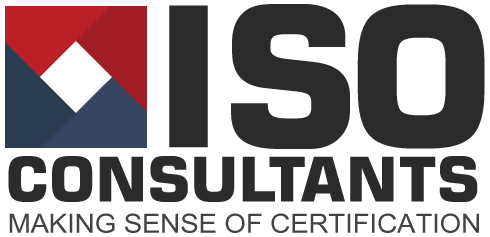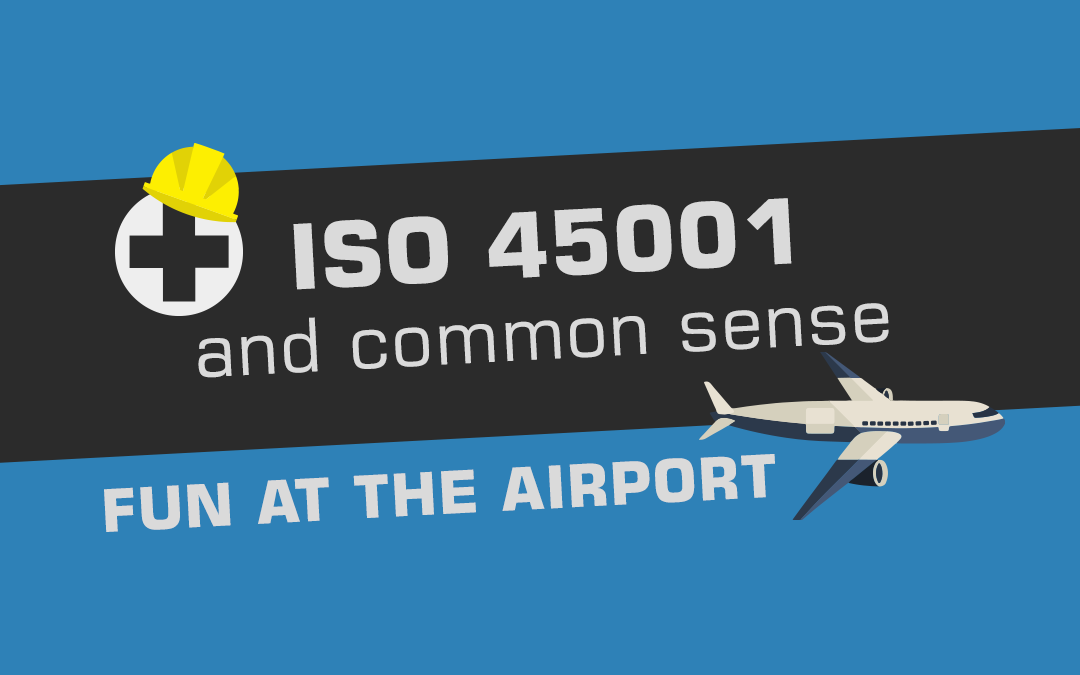I recently bought a little suitcase specially made for carrying a laptop with a 17” screen and clothes for a couple of days that was small enough to carry onto an aircraft. I took it to East Midlands Airport on its first trip. Sadly, the “cheap labour” currently employed ( solely to extend how long it takes to get onto an aircraft?) denied me boarding with my petite case. “Health and safety”, they said.
Being a bit of a smarty pants, and knowing a little about H&S (after over 25 years assessing such matters)
I asked:
“That’s fine, can you tell me which regulation it doesn’t meet?”.
“No – You can’t take it on board.”
“Is this what Health and Safety has become?” I thought.
No logic, minimal common-sense. A simple binary “yes/no”?
Am I a “Serial Health and Safety Offender”? Apparently, I am.

Recently, I visited a factory to review their Health and Safety system with a view to attaining ISO 45001 certification. Walking down the centre of a fabrication area was “interesting”. Chaps were welding without any eye shielding (hence risking permanent eye damage). I carefully stepped over the various 30 metre extension leads lying across the central walkway. Fortunately, I avoided the broken plugs and sockets and dodged the large structure being swung overhead, unsupervised, by a 10 ton crane. Phew.
On leaving the area one of the managers told me they’d received a complaint. Why wasn’t I wearing safety shoes? Under the circumstances, considering the other obvious and serious hazards, crushing my toes was the least of my worries.
Risk Management Versus Pure Obstruction
Similarly, the airline lady had picked up somewhere that if you didn’t like what someone was taking on the plane claim Health and Safety and hold your ground against any logical arguments. Similarly, she didn’t want to accept any risk, and hence obstruction was easier. Why does Health and Safety have such a bad image? I’d offer the suggestion that it has historically been “obstruction-based” rather than “risk-based”
Sadly, it’s a common human response; don’t bother to find out the reasons and think something through, if you don’t understand something. Stopping or banning it is easier than thinking about it and making it safe. Thankfully, changes are coming, and ISO 45001, far from bringing in tighter rules than OHSAS 18001, promotes the new reality of “stop, think, consider”. What is ISO 45001? At it’s heart is “ownership” rather than “robot-ship” About time, too…
Intelligent Risk Management
But there are people with no sense at all when it comes to taking risks themselves, or inflicting risks on others. An effective Health and Safety Management System, compliant with ISO 45001 is an ideal protection against such people and their habits.
But there are people with no sense at all when it comes to taking risks themselves, or inflicting risks on others. An effective Health and Safety Management System, compliant with ISO 45001 is an ideal protection against such people and their habits.

ISO 45001 to Fit Your Business. (not vice-versa)
What is ISO 45001? You may have detected that we are trying to be champions of not just Health and Safety, but of common-sense. We may be able to explain why ISO 45001 should fit your business, rather than the other way around. We may be able to help.
I also need some revenue to allow me to buy a new hand-baggage specification computer bag….


